Grow Blueberries at Home: Your Guide to a Bountiful Backyard Harvest
Growing blueberries at home might seem daunting, but I’m here to tell you it’s easier than you think! This article is your passport to a delicious and rewarding experience, packed with simple DIY tricks and hacks to help you cultivate your own juicy, sweet blueberries right in your backyard. Forget expensive grocery store berries – imagine the pride (and the delicious pies!) of harvesting your own homegrown bounty.
The history of blueberry cultivation is fascinating! While wild blueberries have been enjoyed for centuries, the development of high-yielding cultivated varieties is a relatively recent achievement. This means that, unlike some other fruits, growing blueberries at home is now accessible to almost everyone, regardless of experience. And that’s where my Grow Blueberries at Home guide comes in.
Why Grow Your Own Blueberries?
There are so many reasons to embark on this rewarding journey! Firstly, homegrown blueberries are bursting with flavor, far surpassing the often bland supermarket varieties. Secondly, you control the growing process, ensuring your berries are free from pesticides and other chemicals. Finally, there’s an undeniable satisfaction in nurturing a plant from a small seedling to a bountiful bush, providing you with years of delicious harvests. This Grow Blueberries at Home guide will equip you with the knowledge and practical tips to make this dream a reality.
So, whether you have a sprawling garden or just a small balcony, get ready to discover the secrets to successfully growing your own blueberries. Let’s dive in and transform your green space into a blueberry paradise!
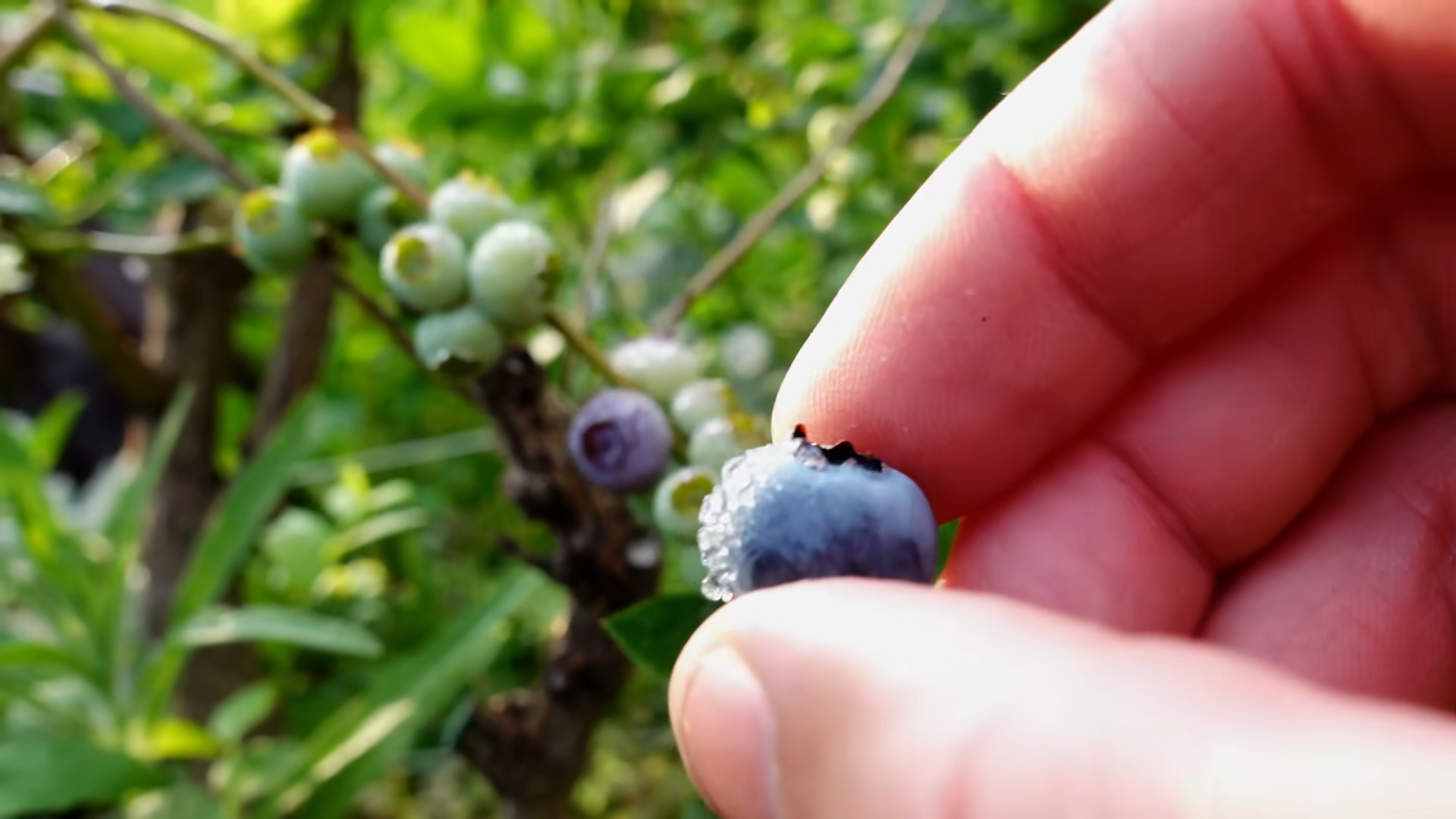
Growing Blueberries in Your Backyard: A DIY Guide
I’ve always loved the taste of fresh blueberries, but store-bought ones just don’t compare to homegrown. So, I decided to take on the challenge of growing my own blueberry bushes. It’s surprisingly easier than you might think! Here’s my step-by-step guide to help you do the same.
Phase 1: Planning and Preparation
- Choose the right variety: This is crucial. Different blueberry varieties have different chill hour requirements (the number of hours below 45°F they need to produce fruit). Research varieties suitable for your climate zone. Your local nursery can be a great resource for this. I chose ‘Patriot’ and ‘Pink Popcorn’ – both known for their hardiness and delicious fruit.
- Soil testing: Blueberries thrive in acidic soil (pH 4.5-5.5). Get a soil testing kit from a garden center and test your soil’s pH. If it’s not acidic enough, you’ll need to amend it.
- Sunlight: Blueberries need at least 6-8 hours of direct sunlight per day. Choose a location in your yard that receives ample sunlight.
- Planting location: Consider the mature size of your blueberry bushes. They can grow quite large, so give them enough space to spread out. Also, ensure good drainage – blueberries don’t like wet feet.
- Gather your materials: You’ll need blueberry plants (bare root or containerized), acidic soil amendment (peat moss, pine bark, or composted sawdust are good options), a garden shovel or trowel, mulch (pine straw or wood chips), and a watering can.
Phase 2: Planting Your Blueberry Bushes
- Prepare the planting hole: Dig a hole twice as wide as the root ball of your blueberry plant and just as deep. This allows the roots to spread easily.
- Amend the soil: Mix your acidic soil amendment into the soil you removed from the hole. The goal is to create a well-draining, acidic environment for your blueberry plants. I mixed in about a third peat moss with the existing soil.
- Plant the blueberry bush: Gently remove the blueberry plant from its container (if containerized) or carefully loosen the roots of a bare-root plant. Place the plant in the hole, ensuring the top of the root ball is level with the ground. Fill the hole with the amended soil, gently firming it around the roots.
- Water thoroughly: After planting, water the blueberry bush deeply to settle the soil and help the roots establish themselves. I used a slow, gentle watering to avoid washing away the soil.
- Mulch around the base: Apply a 2-3 inch layer of mulch around the base of the plant, keeping it a few inches away from the stem. Mulch helps retain moisture, suppress weeds, and regulate soil temperature.
Phase 3: Ongoing Care and Maintenance
- Watering: Water regularly, especially during dry periods. Aim for consistent moisture, but avoid overwatering, which can lead to root rot. Check the soil moisture regularly by sticking your finger a couple of inches into the soil. If it feels dry, it’s time to water.
- Fertilizing: Blueberries benefit from regular fertilization. Use a fertilizer specifically formulated for acid-loving plants. Follow the package instructions carefully. I usually fertilize mine in early spring and again in early summer.
- Pruning: Pruning is essential for maintaining the health and productivity of your blueberry bushes. Prune in late winter or early spring, removing any dead, damaged, or crossing branches. This encourages new growth and improves air circulation.
- Pest and disease control: Keep an eye out for common blueberry pests and diseases. Treat any problems promptly using appropriate organic or chemical controls. Early detection is key.
- Weed control: Regularly remove weeds around your blueberry bushes to prevent competition for nutrients and water. Mulch helps significantly with weed control.
- Winter protection: In colder climates, you may need to protect your blueberry bushes from harsh winter conditions. This might involve wrapping the bushes or providing wind protection.
Phase 4: Harvesting Your Delicious Blueberries
- Harvesting time: Blueberries are typically ready for harvest in late summer or early fall. The berries should be plump, firm, and easily detach from the bush when gently pulled.
- Harvesting method: Gently pick the ripe blueberries, leaving the unripe berries on the bush to ripen. Use a small container or basket to collect your harvest.
- Storage: Store your freshly harvested blueberries in the refrigerator to maintain their freshness. They can be stored for several days.
- Enjoy your bounty! Once you’ve harvested your blueberries, enjoy them fresh, make delicious jams, pies, or smoothies. The taste of homegrown blueberries is truly unbeatable!
Important Note:
Remember to always research the specific needs of your chosen blueberry variety. The information above provides general guidelines, but your specific location and climate may require adjustments.
Troubleshooting:
If your blueberry bushes aren’t producing fruit, it could be due to several factors, including insufficient sunlight, incorrect soil pH, inadequate fertilization, or pest problems. Address these issues to improve fruit production.
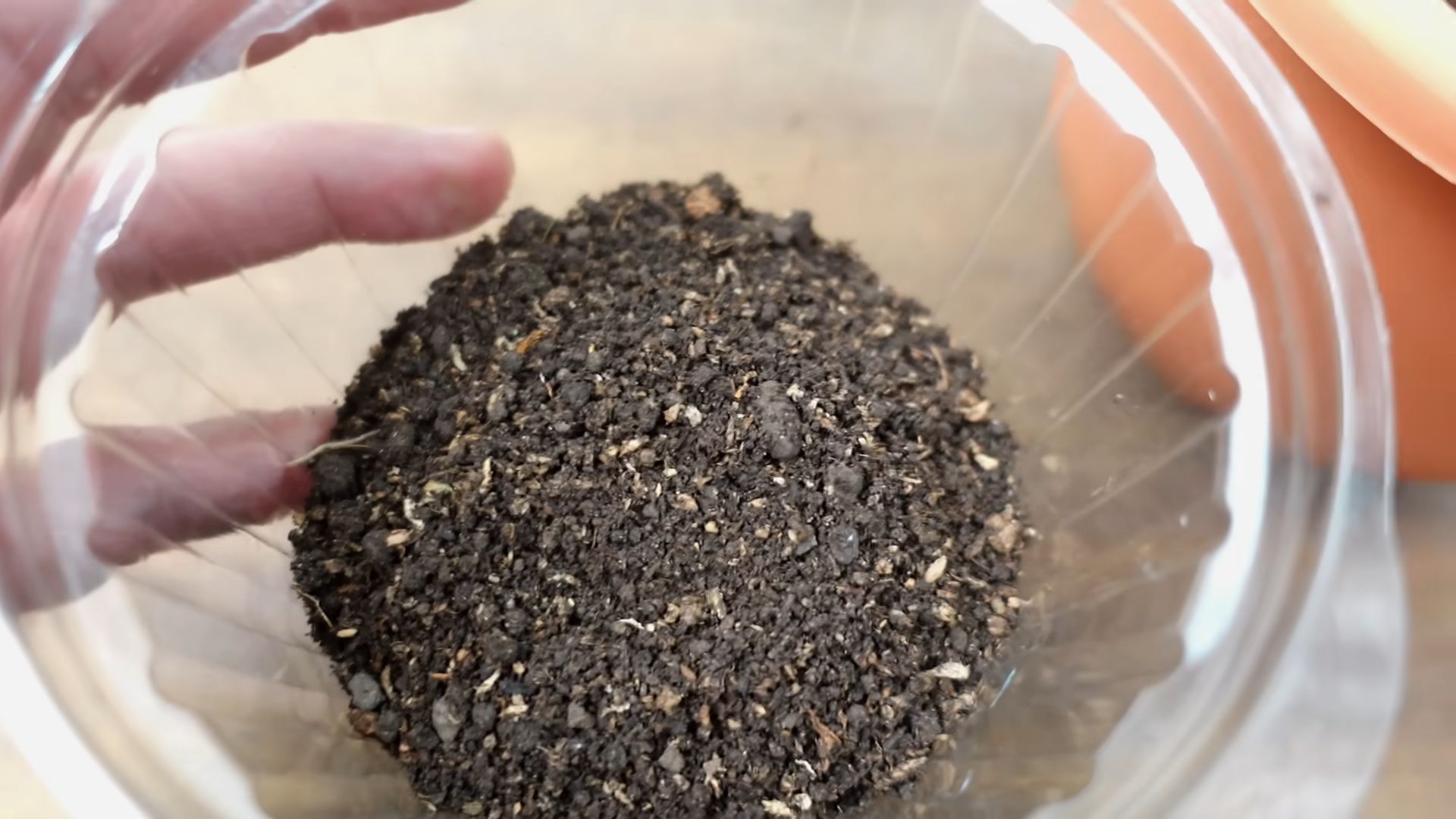
Conclusion
So there you have it! Growing your own blueberries at home, once considered a daunting task, is now within everyone’s reach. This DIY approach, focusing on selecting the right blueberry bushes for your climate and providing them with the ideal growing conditions, offers a rewarding experience unlike any other. The unparalleled taste of freshly picked, homegrown blueberries is simply unmatched, far surpassing anything you’ll find in the supermarket. You’ll savor the sweet, juicy burst of flavor knowing you nurtured these berries from tiny plants to bountiful harvests. Beyond the delicious fruit, the process itself is incredibly satisfying. Watching your blueberry bushes thrive, blossom, and eventually bear fruit is a testament to your green thumb and a source of immense pride. This DIY blueberry growing method isn’t just about the end result; it’s about the journey, the connection with nature, and the satisfaction of creating something beautiful and delicious with your own hands. It’s a project that connects you to the land and provides a healthy, sustainable source of food for your family. Don’t just take our word for it – experience the magic of homegrown blueberries for yourself!
Beyond the basic method outlined, there are numerous ways to personalize your blueberry growing experience. Experiment with different blueberry varieties to discover your favorites. Consider companion planting, incorporating herbs or flowers that attract beneficial insects and deter pests. For those with limited space, explore growing blueberries in containers – a perfect solution for patios, balconies, or even window boxes. You can even create a stunning vertical garden, maximizing space and creating a visually appealing feature in your yard. If you’re particularly ambitious, consider creating a dedicated blueberry patch, a haven for these delightful bushes where you can truly indulge in the abundance of your harvest. The possibilities are as vast as your imagination!
We strongly encourage you to embark on this rewarding journey of growing your own blueberries. Share your experiences with us! Post pictures of your thriving bushes and delicious harvests on social media using #HomegrownBlueberries or #DIYBlueberryPatch. We’d love to see your progress and celebrate your successes with you. Join our growing community of home blueberry growers and let’s inspire each other to cultivate our own little pieces of blueberry paradise. Remember, the most important ingredient is your passion and dedication – the rest will follow naturally. So, get your hands dirty, plant those blueberry bushes, and prepare to be amazed by the sweet rewards of your labor. Happy growing!
Frequently Asked Questions
What type of soil do blueberries need?
Blueberries thrive in acidic soil, with a pH level between 4.5 and 5.5. Regular garden soil is typically too alkaline. You can amend your soil with peat moss, pine bark, or other organic matter to lower the pH and improve drainage. Soil testing kits are readily available to help you determine your soil’s pH and adjust accordingly. Consistent soil acidity is crucial for healthy blueberry growth and fruit production.
How much sunlight do blueberry bushes need?
Blueberries require at least six to eight hours of direct sunlight per day. Choose a location in your yard that receives ample sunlight, especially during the peak growing season. Insufficient sunlight can lead to poor fruit production and weaker plants. Consider the sun’s path throughout the day when selecting your planting site.
When is the best time to plant blueberry bushes?
The ideal time to plant blueberry bushes is during the dormant season, typically in late fall or early spring. This allows the roots to establish themselves before the active growing season begins. Avoid planting during periods of extreme heat or cold. Proper planting techniques are essential for the success of your blueberry bushes.
How often should I water my blueberry bushes?
Consistent moisture is crucial, especially during dry periods. Water deeply and regularly, ensuring the soil remains moist but not waterlogged. Mulching around the base of the plants helps retain moisture and suppress weeds. Overwatering can lead to root rot, while underwatering can stress the plants and reduce fruit production. Observe your plants closely and adjust your watering schedule accordingly.
What are common pests and diseases that affect blueberries?
Blueberries can be susceptible to various pests and diseases, including aphids, spider mites, and fungal diseases like powdery mildew. Regular inspection of your plants is essential for early detection. Organic pest control methods, such as insecticidal soap or neem oil, can be effective against many common pests. Proper spacing and air circulation can help prevent fungal diseases. Consulting with your local garden center or agricultural extension office can provide specific advice for your region.
Can I grow blueberries in containers?
Absolutely! Growing blueberries in containers is a great option for those with limited space. Choose a large container with adequate drainage holes and use an acidic potting mix specifically formulated for blueberries. Ensure the container is large enough to accommodate the mature size of the blueberry bush. Regular watering and fertilization are essential for container-grown blueberries.
How long does it take for blueberry bushes to produce fruit?
The time it takes for blueberry bushes to produce fruit varies depending on the variety and growing conditions. Generally, you can expect your first harvest within two to three years after planting. However, some varieties may take longer to mature. Patience is key, and the wait will be well worth it when you finally taste those delicious homegrown blueberries.
What kind of fertilizer should I use for my blueberry bushes?
Blueberries benefit from acidic fertilizers specifically formulated for acid-loving plants. Avoid using fertilizers high in alkaline elements like lime. Follow the instructions on the fertilizer packaging for application rates and timing. Regular fertilization helps ensure healthy growth and abundant fruit production. Over-fertilizing can be harmful, so it’s best to follow the recommended guidelines.

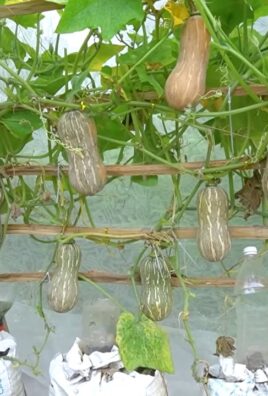
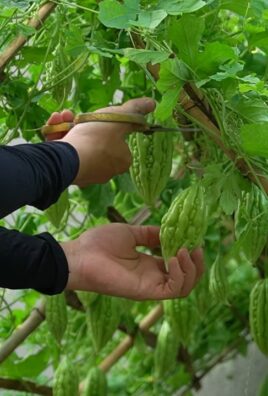
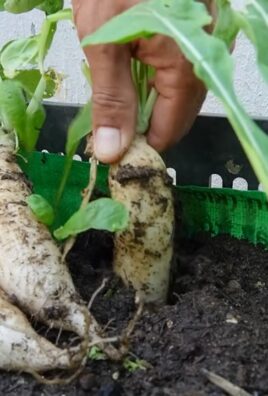
Leave a Comment